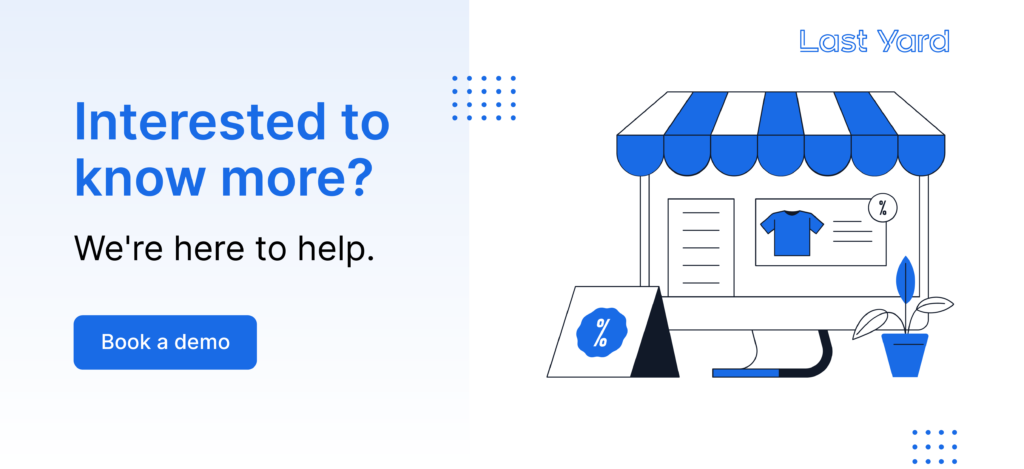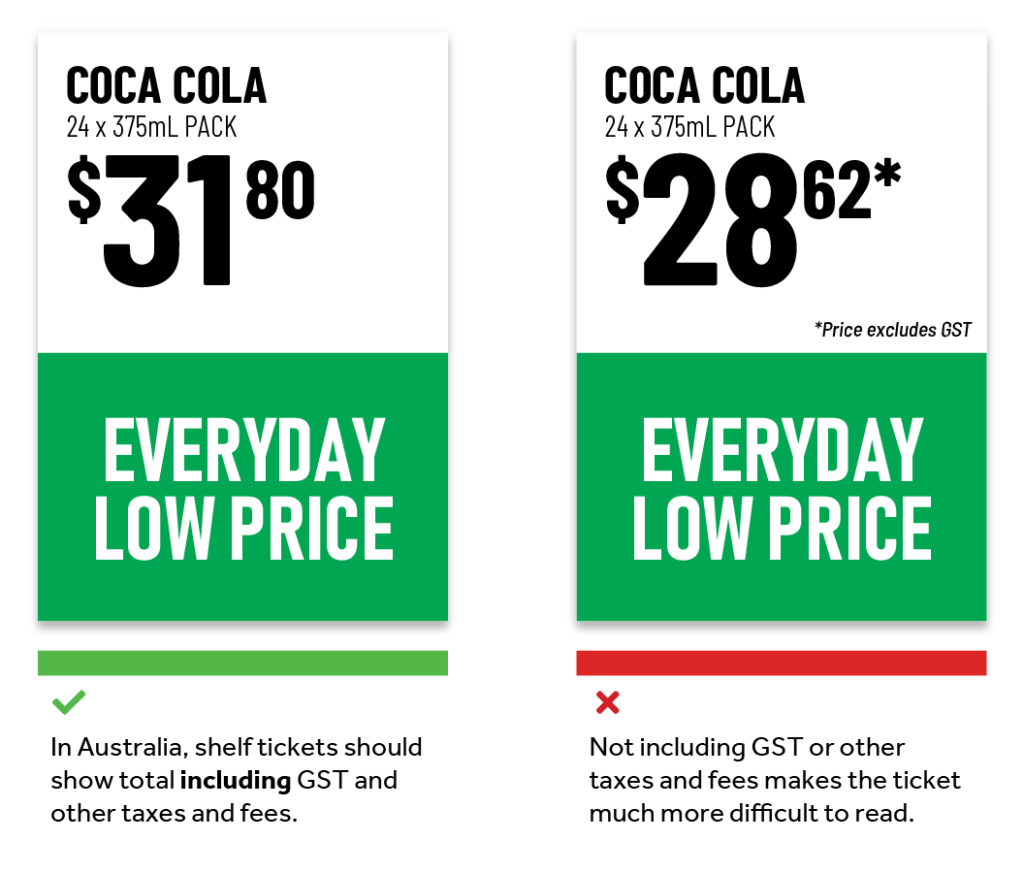At first glance, creating shelf edge tickets may seem simple—product, description, price, and you’re done. However, designing shelf talkers that effectively and accurately communicate price to customers is more complex than it appears. By making subtle design changes, you can more persuasively communicate pricing, quickly engage customers, and potentially increase basket size.
Single Pricing
In Australia, shelf edge tickets displaying single pricing must include the total cost, which encompasses all taxes and fees. This ensures transparency and compliance with regulations.
Note: In some countries, such as the USA, prices on tickets may exclude taxes.
Two-Price comparison pricing
Promotional price tickets are among the most common types of shelf edge tickets. These tickets compare the current sell price with other prices, such as:
-
Standard price: Displayed as ‘Was,’ ‘Now,’ etc.
-
Wholesale price
-
Competitor price
-
Recommended retail price (RRP)
For effective promotional tickets:
-
Ensure the current single total price is prominently displayed and legible.
-
Keep the design consistent, using specific colors for different offer types (e.g., red for specials, green for everyday low prices).
-
Avoid misleading customers by ensuring comparative prices reflect actual pricing history.
For example, if using a ‘Was’ price, confirm the product was sold at that price before the promotion began. Be cautious when displaying dollar/percentage savings against an RRP if the product was never sold at that price.
Tip: Maintain records to substantiate two-price savings claims to avoid regulatory issues with the ACCC.
Permanent price changes
Shelf talkers are also an effective way to communicate permanent price changes. If discounted pricing becomes long-term, consider using styles like ‘Price Dropped’ or ‘Everyday Low Price’ to maintain clarity and consistency.
Best Practices for Shelf Edge Tickets
1. Ensure Clear Communication
-
Use bold fonts and clear layouts to emphasize key pricing details.
-
Avoid clutter; focus on the most important information.
2. Maintain Consistency
-
Use consistent colors and styles for different ticket types.
-
Align ticket designs with your brand guidelines to build customer trust.
3. Prioritize Transparency
-
Always display prices in a way that’s easy to understand.
-
Avoid ambiguous or misleading claims that could confuse customers.
Conclusion
Shelf edge tickets are more than just price displays—they’re tools to engage customers, communicate value, and build trust. By designing tickets that prioritize clarity, consistency, and compliance, you can create a more compelling shopping experience and potentially increase sales.


